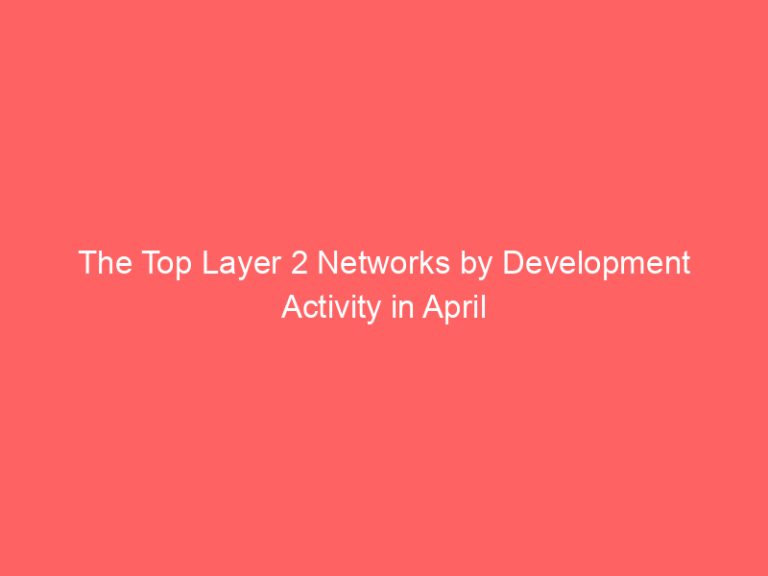Build agents are remote individual processes that listen to the server and execute its tasks. They can run jobs on schedule or in response to certain events — say, once you commit a new portion of code to a repository on GitHub, GitLab, or other popular VCS. This capability is especially useful when you deal with a huge codebase or have to test your update on different operating systems. As a widely used framework for software developers around the world, Bamboo deserves a place on this list. Atlassian’s code building tool offers enhanced compatibility with S3, Docker and AWS using any coding language that you prefer. Organizations moving to automated processes often struggle to identify which processes to automate first.
Its CI tool is included as a web app with an open API that manages projects through a friendly user interface, integrating with all GitLab features. Through this API, developers can create even deeper integrations with the product. To recap, continuous integration packages and tests software builds and alerts developers if their changes fail any unit tests.
GitHub Repositories
Continuous deployment tools automatically invoke tests, handling configurations, provisioning, monitoring, and rollbacks. Traditionally, deploying new software versions has been a large, complex and risky task. After the new version was tested, the operations team was tasked with deploying it into production. Depending on the size of the software it could take hours, days or weeks, requires detailed checklists and many manual steps, and special expertise.


UrbanCode can be integrated with several tools like Bitbucket server, Box, ClearCase SCM, Cucumber, and more. If you are using SCM tools , Integrity can be used by mirroring the repositories (i.e., GitHub mirrors the other SCM). The Steps Marketplace consists of standard task templates that can be fetched easily through the Steps Registry. This https://globalcloudteam.com/top-7-continuous-integration-tools/ ensures that developers spend time on development activities that matter to the project. Advanced users of Buildbot can leverage its range of customizations for realizing customized build applications. Testing can be performed on multiple platforms, and code changes in one platform do not hinder the tests being executed on other platforms.
Top 12 Ci/cd Devops Tools For Continuous Integration
It allows you to deploy software faster by implementing the Continuous Delivery practices. By automating your builds and deployments using Azure Pipeline and Azure Artifacts, it allows you to spend less time fixing bugs and more time being productive. Moreover, choosing Azure DevOps as your preferred CI/CD tool, you can build, test, and deploy applications you create on GitHub.


It comes equipped with a flexible web dashboard to overview the details of your builds. At its core, it’s a continuous integration platform that can improve the process of developing software. Through plugins, devs can extend their workflow beyond the basic functionality. Distelli is a growing startup from Seattle that plans to change the way that devops are deploying to their servers, providing an integrated cloud-based service for doing so.
Services
With these tools,developers use Wercker to create automated pipelines which they can execute from a command-line interface. Parallel testing and numerous integrations are only a few of Wercker’s perks. On the other hand,GitLab CI/CD is a web application attached to a friendly user interface that allows you to manage projects keeping the principles of continuous integration in mind.
Each developer uses different platforms and tools to develop a code. Continuous deployment focuses on the automation to deploy frequently across environments or clusters. As you traverse environments from non-prod to the staging environment and eventually to production, the number of endpoints you deploy to increases. A CD pipeline focuses on the path of least resistance to get the software into the needed environment.
Salient Features of CloudZero
Declarative constructs—codifying the final state of the desired environment or application in simple, human readable code. This makes it possible to recover faster from downtime and production issues, better control scaling, and streamline disaster recovery processes. During this phase, developers translate requirements into functional algorithms, features, and behaviors.
It builds deployment pipelines to run system and integration tests, manage servers, and keep track of rollouts. Pipelines can launch based on triggers from other Spinnaker pipelines or Jenkins, Git events, Docker, etc. https://globalcloudteam.com/ GoCD is an open source CI server that serves as a CI/CD pipeline building tool. It helps create complex software release pipelines and augments CI capabilities with continuous delivery and deployment automation.
Why DevOps: Why Developers Choose DevOps Over Other Development Models
In addition, it includes advanced capabilities that are streamlined to accelerate the software development process. These capabilities include features from Azure DevOps services like Azure Pipelines, Visual Studio Team Services , Software Delivery Services, and more. Now, you can start running your Selenium tests in Azure DevOps pipeline. Continuous integration and continuous delivery (CI/CD) are best practices for software development. Together, they provide a set of automated tasks to ensure the reliable deployment of software projects. This guide shares the 15 tools every DevOps engineer should be familiar with today.
- S a collection of tools for controlling various phases of the software development lifecycle.
- User friendly interface that is easy to configure and with easy upgrades.
- Travis CI supports various languages, operating systems, and configurations.
- CI tools enable DevOps teams to achieve the benefits of a CI approach.
- Facilitates building and modernizing high-performance, scalable apps.
- With investors like Andreessen Horowitz on-board, Distelli specializes in deployment to Kubernetes, whether it’s hosted on the cloud or your own physical location.
However, this labor-saving strategy encounters friction when changes conflict, requiring additional steps to integrate code. This costs time and is a common source of frustration for developers who often refer to this roadblock as “merge hell.” Add unique actions to each step, such as testing and deploying to environments.















+ There are no comments
Add yours